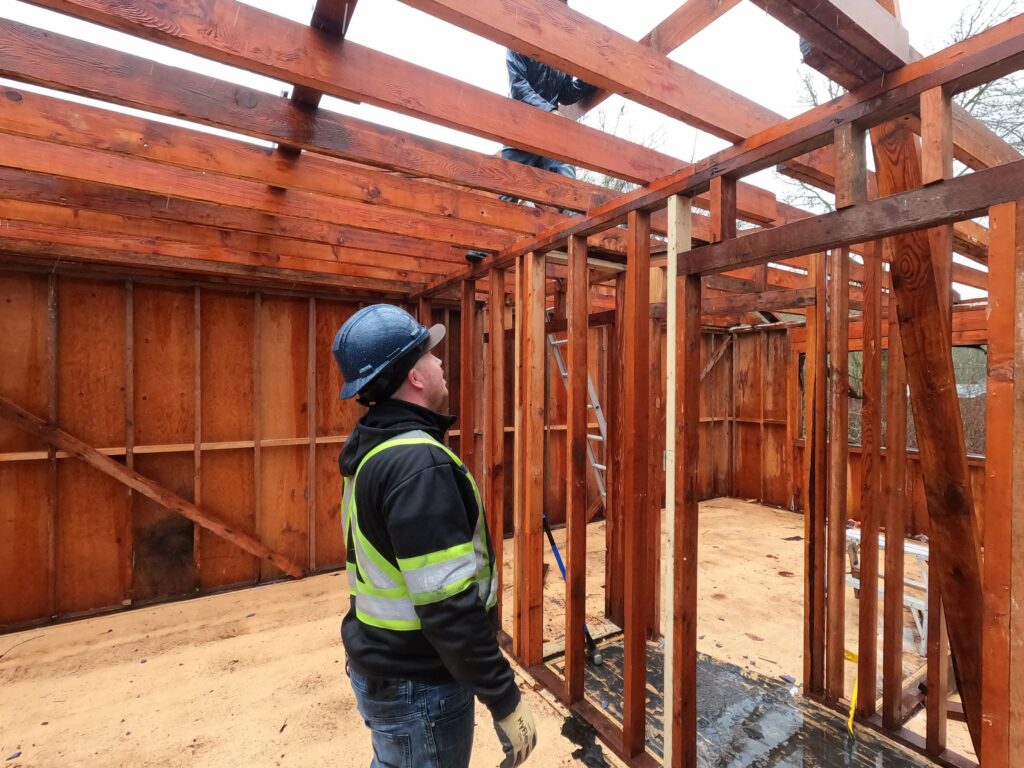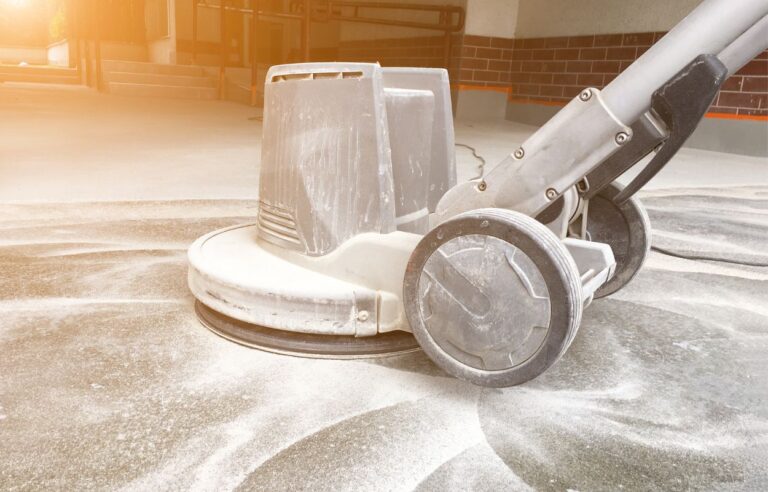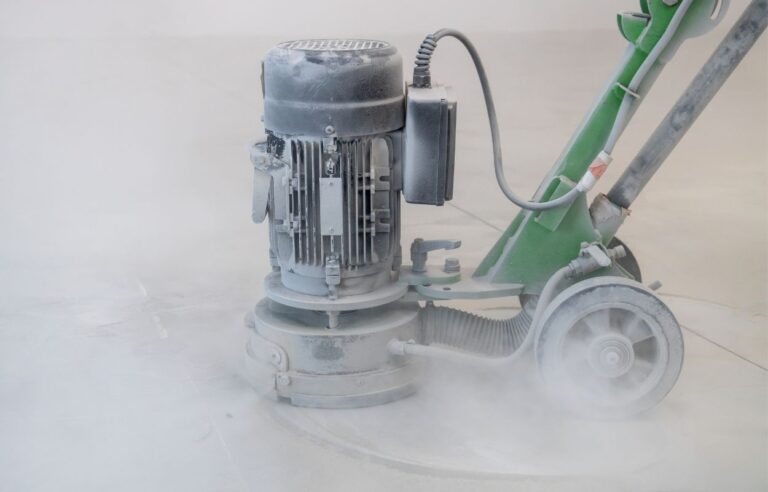Why Deconstruction is a Sustainable Alternative to Demolition
In the realm of construction and development, the process of tearing down a building may seem like a straightforward endeavor. However, the traditional method of demolition, which involves the complete destruction and disposal of a structure, comes with a significant environmental cost. As awareness of sustainability and climate change grows, the construction industry is shifting towards more eco-friendly practices. One increasingly popular approach is deconstruction — a method that involves carefully dismantling a structure to salvage and reuse materials. Here are several reasons why deconstruction is gaining traction as a superior alternative to demolition:
1. Environmental Impact
Demolition typically entails sending tons of waste to landfills, contributing to pollution and environmental degradation. In contrast, deconstruction prioritizes salvaging materials such as wood, metal, and fixtures for reuse or recycling. By diverting materials from landfills, deconstruction significantly reduces the environmental impact of construction projects.
2. Resource Conservation
Deconstruction promotes the conservation of valuable resources by repurposing materials that would otherwise be discarded. By salvaging items like doors, windows, and lumber, deconstruction helps reduce the demand for new resources, ultimately conserving energy and raw materials.
3. Economic Benefits
While deconstruction may initially appear more labor-intensive than demolition, the long-term benefits are significant. Reclaimed materials can be sold or reused in future projects, providing cost savings and potentially generating revenue. Additionally, tax incentives and grants are available for deconstruction projects that contribute to sustainable building practices.
4. Preservation of Architectural Heritage
In cases where structures hold historical or architectural significance, deconstruction offers a way to preserve elements of the past. By carefully dismantling a building, valuable architectural features can be salvaged and incorporated into new designs, maintaining a connection to the past while creating modern, eco-friendly spaces.
5. Community Engagement
Deconstruction presents an opportunity for community involvement and education. Local organizations and volunteers can participate in salvaging materials, creating a sense of ownership and pride in sustainable practices. Engaging with the community can enhance the social impact of construction projects and foster a culture of environmental stewardship.
In conclusion, deconstruction emerges as a sustainable and responsible alternative to traditional demolition practices. By prioritizing resource conservation, reducing waste, and preserving architectural heritage, deconstruction aligns with the evolving values of a more environmentally conscious society. As the construction industry continues to embrace sustainable practices, deconstruction stands out as a crucial tool in building a more sustainable future for generations to come.
Deconstructors Demolition .inc 2024-04-23





